I've had my heating on for months and saved 50% on bills thanks to a digital thermostat – and they're still discounted right now
Running it constantly is my best money-saving tip


Last winter, our heating had problems and turned off when the thermostat dipped under 70° Fahrenheit. It was off most of the night as we slept. This mimicked exactly how we'd used our heating for years – for short bursts in the day, and largely off overnight.
I thought being economical with our usage was saving us money but this year, I've learned the opposite is actually true. We recently had a digital thermostat installed and followed our HVAC engineer’s firm advice to set it between 70-72° constantly, and have kept it on non-stop since September.
I’ve been thrilled to see a whopping $200 reduction in our monthly heating bills. Here, our HVAC pro explains why running your thermostat constantly in tandem with a digital thermostat will slash your energy bills.
Running my thermostat constantly has saved me $100s this winter
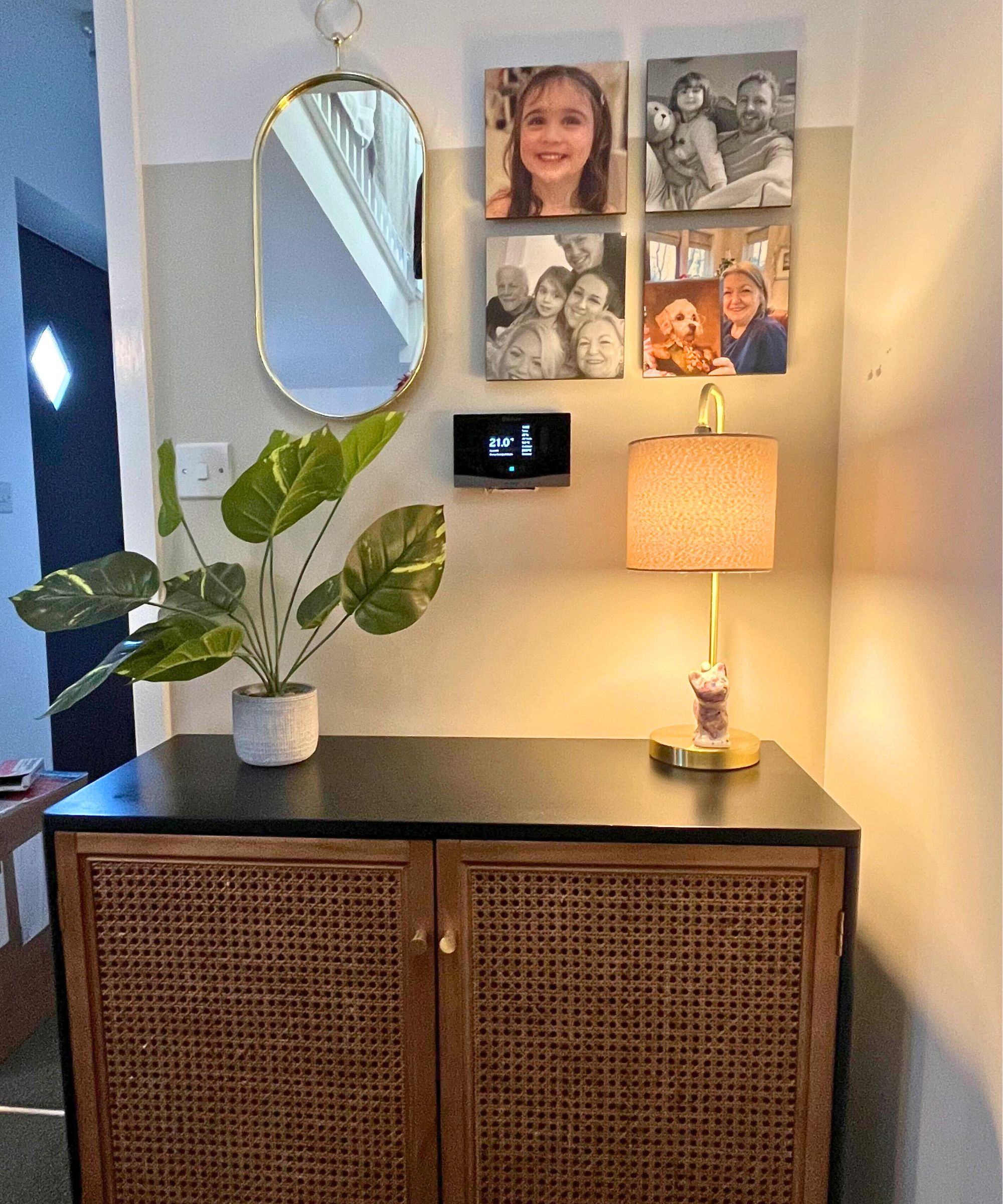
Our new digital Vaillant SensoComfort thermostat is so easy to use and has helped slash our energy bills by 53%
Last October, my heating bill was so expensive, coming in at an eye-watering $380. To add insult to injury, we were mostly cold and uncomfortable, like every winter before it. This October, our energy bill ran to just $180 and we’ve been very gratefully and consistently warm and comfortable having left the heating on, running the thermostat between 70-72° Fahrenheit.
Josh Mitchell, plumbing pro and owner of Plumbing Lab says it really does work to lower your energy costs. He explains, 'Running heating consistently at a lower, steady temperature can be more efficient than turning it off and reheating a cold home.'
He explains the reasons for it, including avoiding energy spikes and maintaining a stable temperature. Josh says, 'When you let your home cool down overnight or during the day, your system has to work harder to reheat not just the air but also walls, floors, and furniture, which can act as heat sinks. This spike in energy use can offset any savings from turning the heat off, and is a thermostat mistake.
'Heating systems work best when they make small, steady adjustments instead of turning on and off frequently,' Josh adds. 'Modern digital thermostats are better at keeping a consistent temperature, which helps save energy.
Design expertise in your inbox – from inspiring decorating ideas and beautiful celebrity homes to practical gardening advice and shopping round-ups.
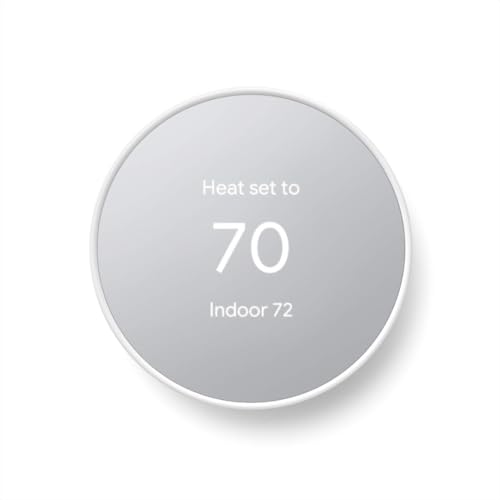
Josh Mitchell, HVAC pro says, 'This is easy to use and great for people looking to monitor and control heating remotely. It also provides energy-saving suggestions based on your patterns.'
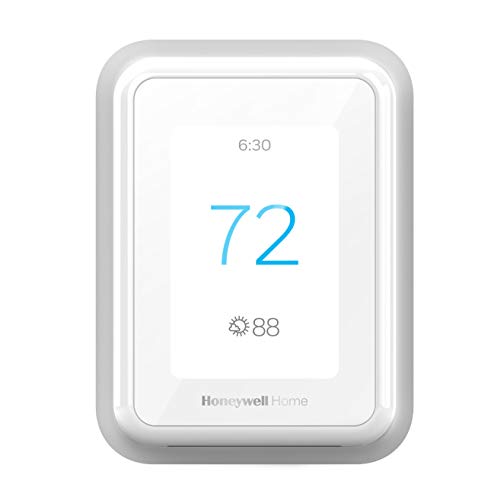
This has a touchscreen display and is compatible with Alexa. Josh recommends it and says, 'This model includes room sensors to prioritize heating in occupied areas, adding comfort and efficiency.'
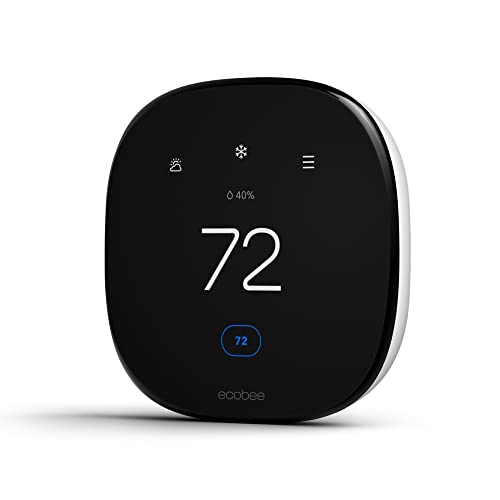
Josh rates this thermostat and says, 'This is another excellent option for smart control and energy savings. It integrates well with Alexa and other smart systems.' That includes Siri and Google Assistant. This is ENERGY STAR Certified and has a touchscreen.
Last year, my household was plagued with winter bugs and chest infections. The lack of heating made coughs and illness drag on for longer. We ran the heating as much as we could but honestly, the eye-watering bills of our all electric air source heat pump system meant we couldn’t justify putting the heating on, or up, till our noses and fingers grew too icy to bear.
After we had a digital thermostat installed downstairs this September, the heating engineer urged us to run it between 70-72° constantly and told us not to turn it off again until the weather warms up. He said this would make the house feel warm without constantly turning up the heat, and also reduce or stop condensation on windows as the temperature was constant. Plus, it would lower our bills.
He was absolutely spot on as it takes much more to fully warm our 1000 square foot house rather than top it up slightly throughout the day and night. I admit I was initially a bit scared to follow his advice in case the our energy bills shot up to $500 or so,but am so thrilled to report it really has slashed our bills by around two thirds.
Josh confirms it's the digital thermostat working in tandem with a stable temperature that's clinched it for my household. He says, 'Switching from an analog thermostat to a digital one made a big difference. Digital thermostats are more accurate and help maintain a steady temperature.
'Previously, the system had to work harder with an analog thermostat because it would turn on and off in short bursts, which uses more energy. Switching to a digital thermostat likely helped reduce that extra work, making your heating system more efficient and cost-effective.'
In a time when energy and other living costs are spiraling out of control, this is an enormously welcome result. Even more so as I have a number of chronic health conditions that are painful and worsen with cold weather.
How to pick a thermostat
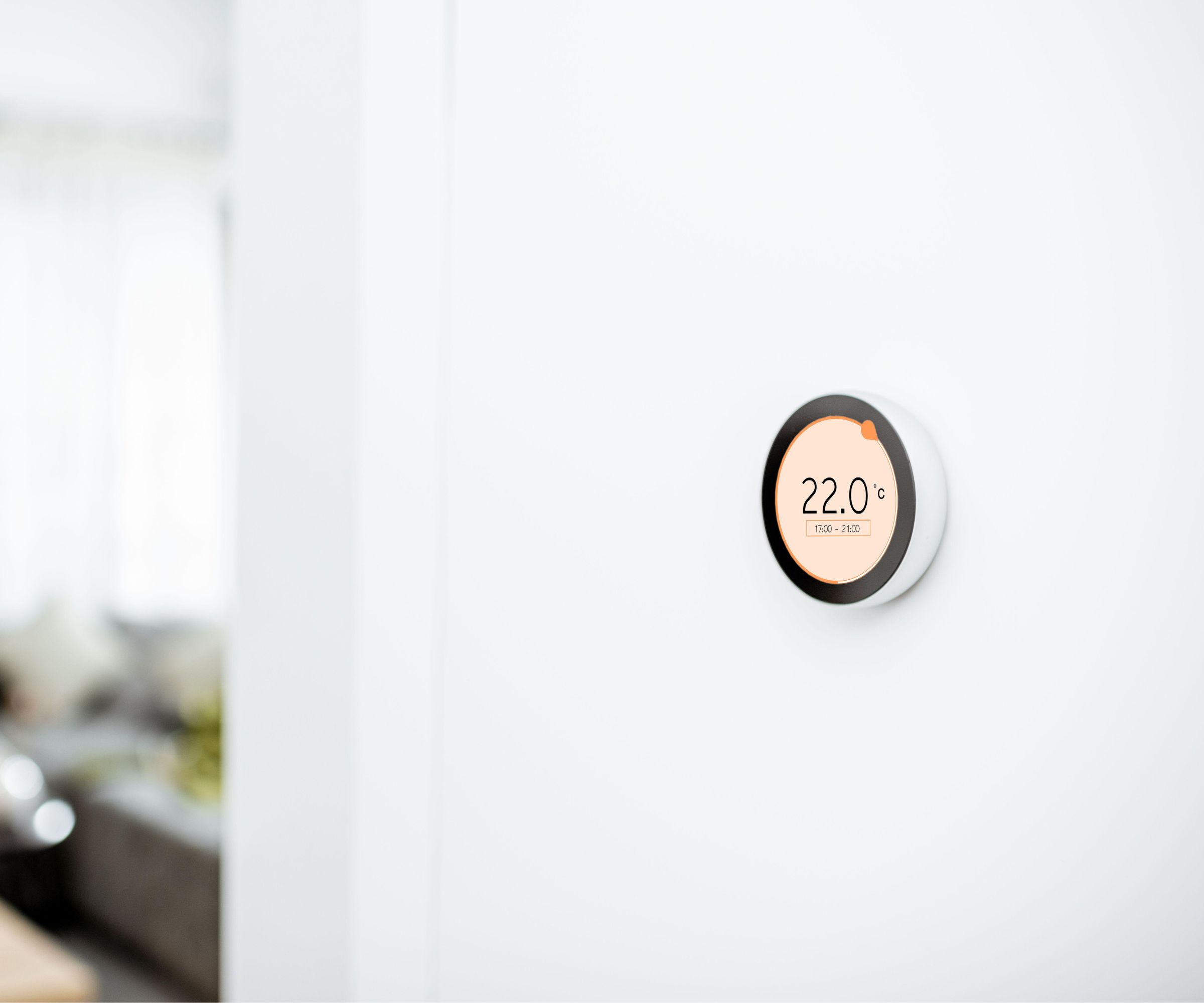
Josh explains there is a knack to picking a digital thermostat and advises going for:
- Programmable or smart features: A programmable thermostat allows you to set schedules, while smart thermostats let you control heating remotely and learn your preferences over time.
- Energy reports: Some models provide data on your energy usage, helping you understand how to save more.
- Compatibility: Ensure the thermostat works with your heating system. For example, not all thermostats are compatible with heat pumps or multi-stage systems.
And what to avoid:
- Overly complicated systems: If you don’t plan to connect the thermostat to smart home devices, a simpler model may work just as well and save you money.
- Thermostats without back-lit displays: If the thermostat is hard to read in dim lighting, it can be inconvenient to use, especially at night.
- Battery-only models: Some thermostats rely solely on batteries, which can die unexpectedly. Look for a model with hardwiring or backup options for reliability.
FAQs
Should you switch off the heating overnight?
No. Josh Mitchell explains, 'Turning the heat off entirely overnight isn’t always a good idea. In colder weather, letting your home cool too much can lead to condensation on windows and walls, resulting in mold or dampness. The energy needed to reheat the space in the morning can outweigh the savings from turning it off. Plus, if you’re trying to sleep in a cold room, it may be uncomfortable and lead to poorer sleep quality.'
Instead of turning it off, Josh recommends setting the thermostat to a slightly lower temperature overnight, such as 60-65°F. This saves energy without letting the home cool down excessively.
For what it's worth, I've found 70-72° to be a little on the warm side when snug under a thick comforter so that tracks.
Is winter a good time to upgrade your thermostat?
Yes, as many smart thermostats continue to discounted by 20-30% during this time. Josh explains, 'If you’re upgrading your thermostat, look for deals from retailers like Amazon, Walmart, or Home Depot. Also, consider checking if your local energy provider offers rebates for installing energy-efficient thermostats, as this can further offset the cost.'
- Shop digital thermostat deals on Amazon
- Shop Walmart clearance and reduced price thermostat deals
- Shop all thermostats at The Home Depot
Next learn about the cheap air fryer rack I use to double my cooking space and crunch down on the I spent cooking for my family, and why I have the Philips Hue SMART bulbs on my wish list.

Punteha was editor of Real Homes before joining Homes and Gardens. She has written and edited wellbeing, lifestyle, and consumer pieces for the national press for 17 years, working across print and digital newspapers and magazines. She’s a Sunday Times bestselling ghostwriter, former BBC Good Food columnist and founding editor of independent magazine, lacunavoices.com. Punteha loves keeping her home clean, has tested and reviewed the latest robot vacuums and video doorbells, enjoys cooking, DIY, decluttering and spending weekends improving her newly-built home. Punteha is disabled and in chronic pain, so small, paced projects that bring big impact and make her household run smoothly are her focus.